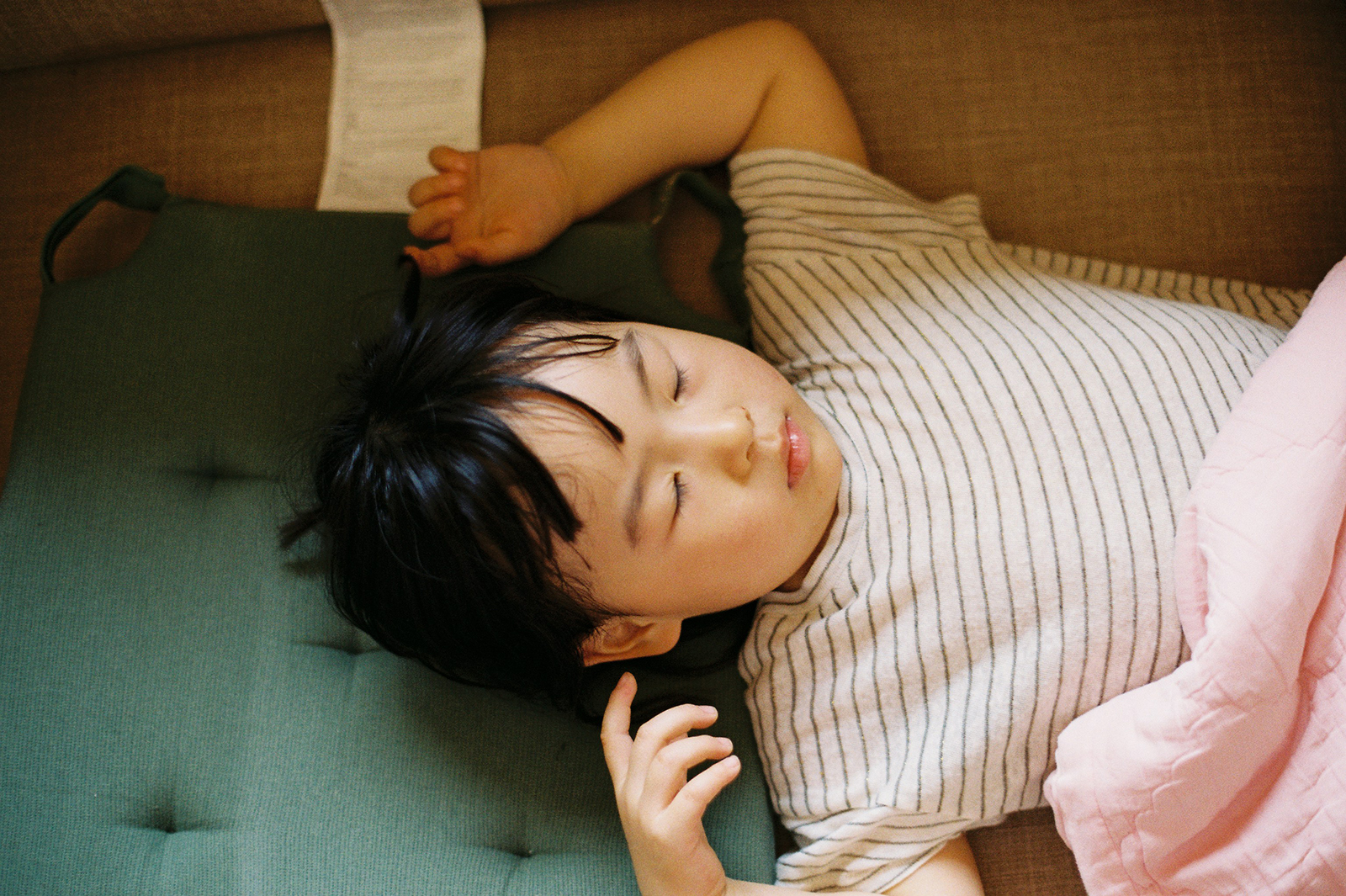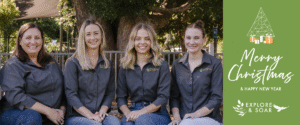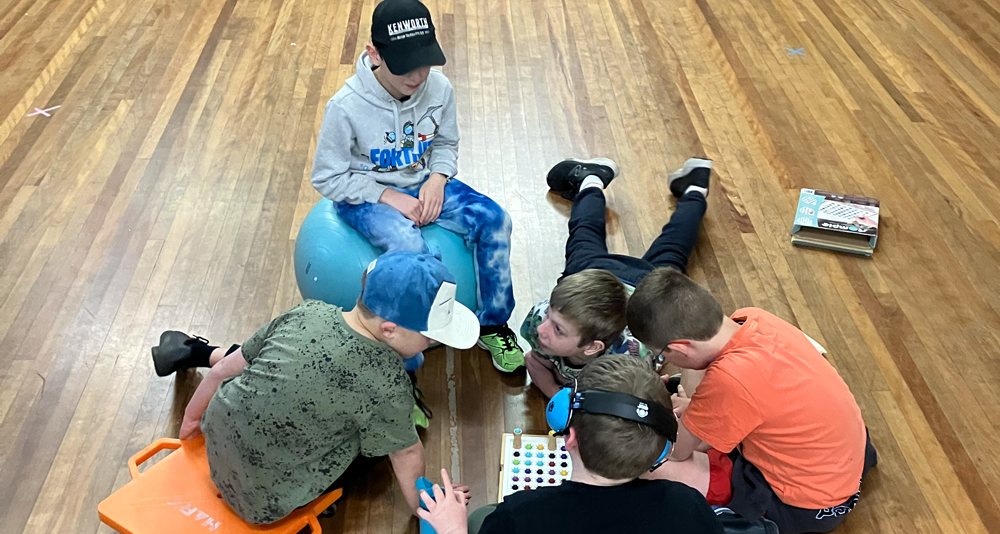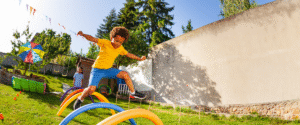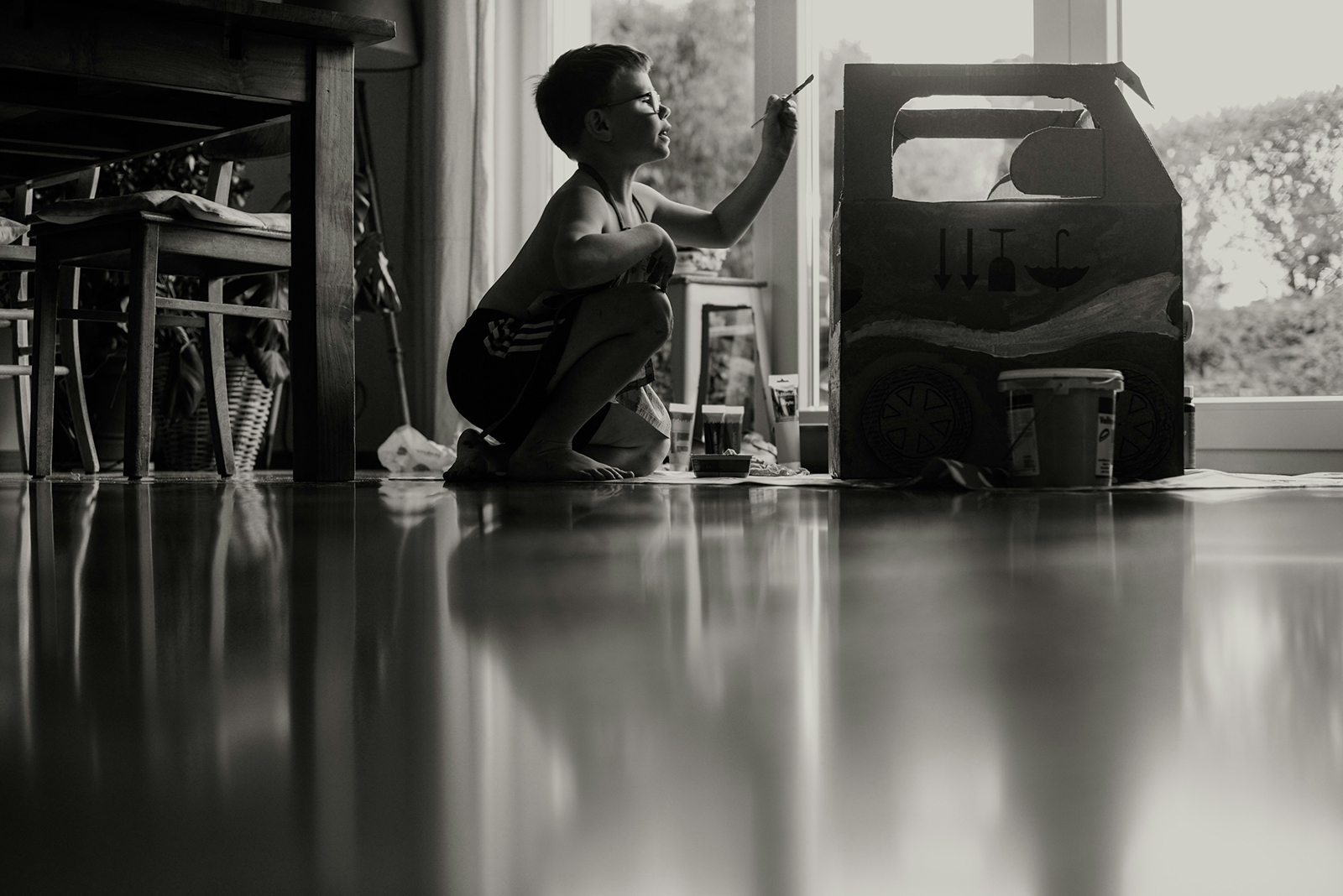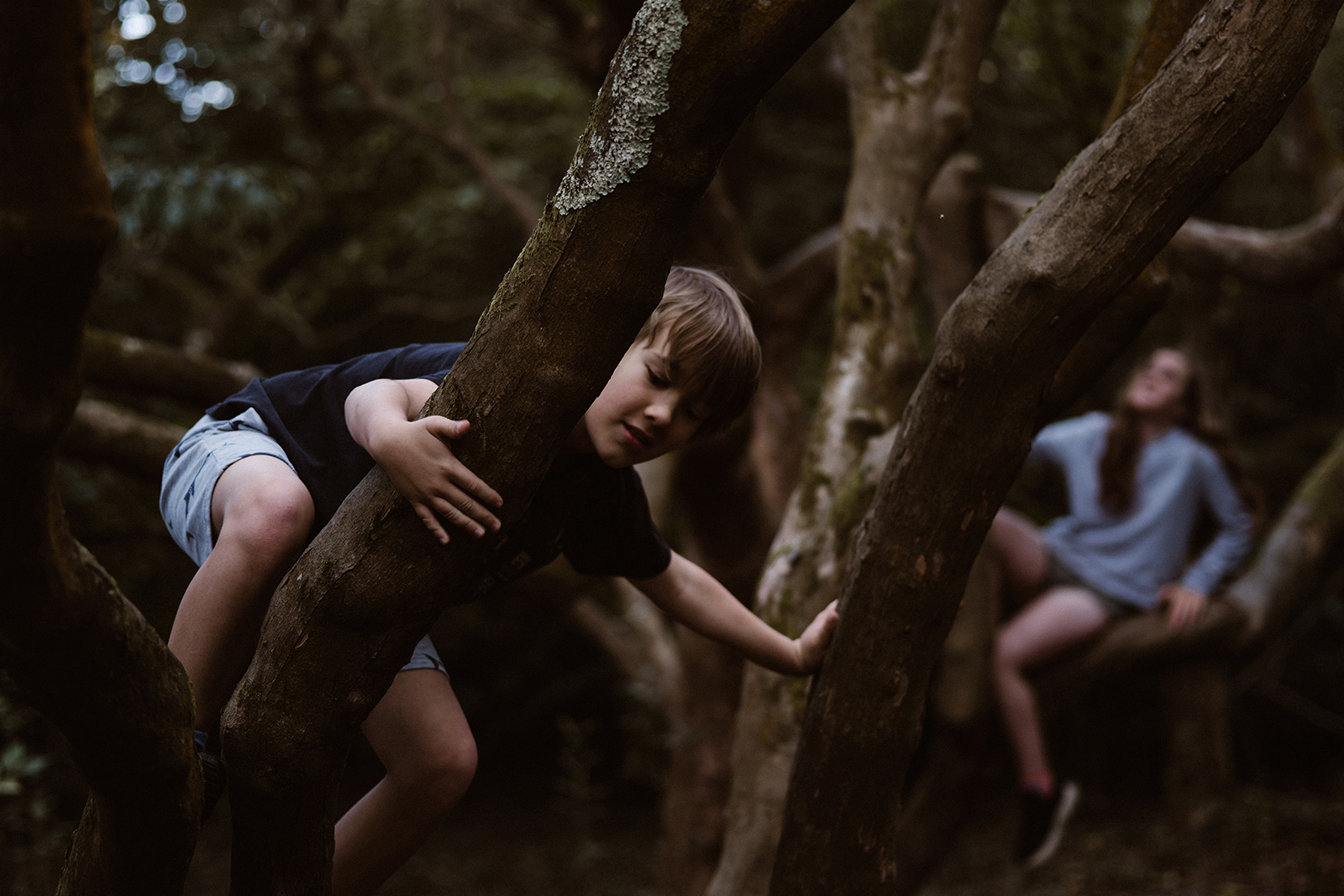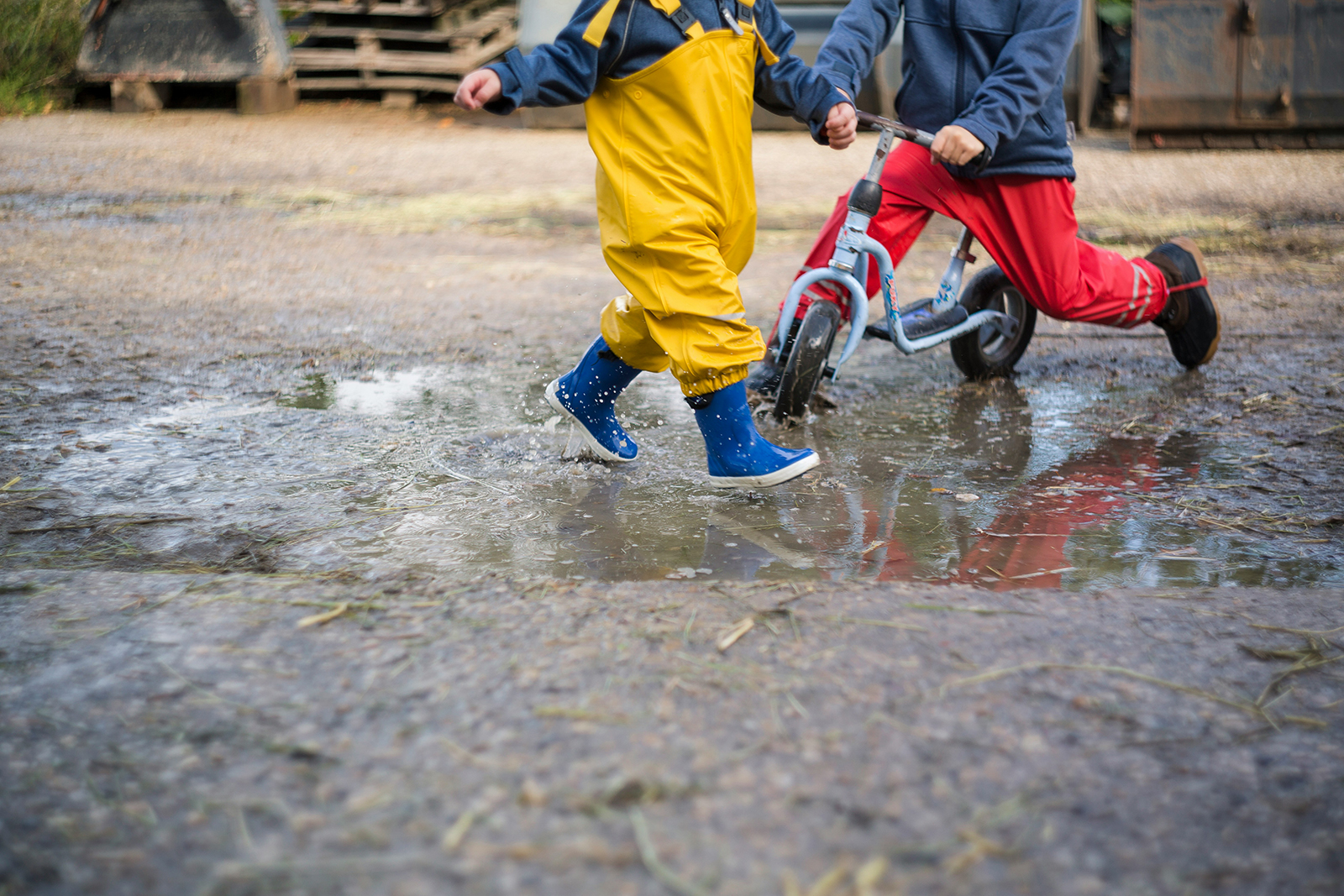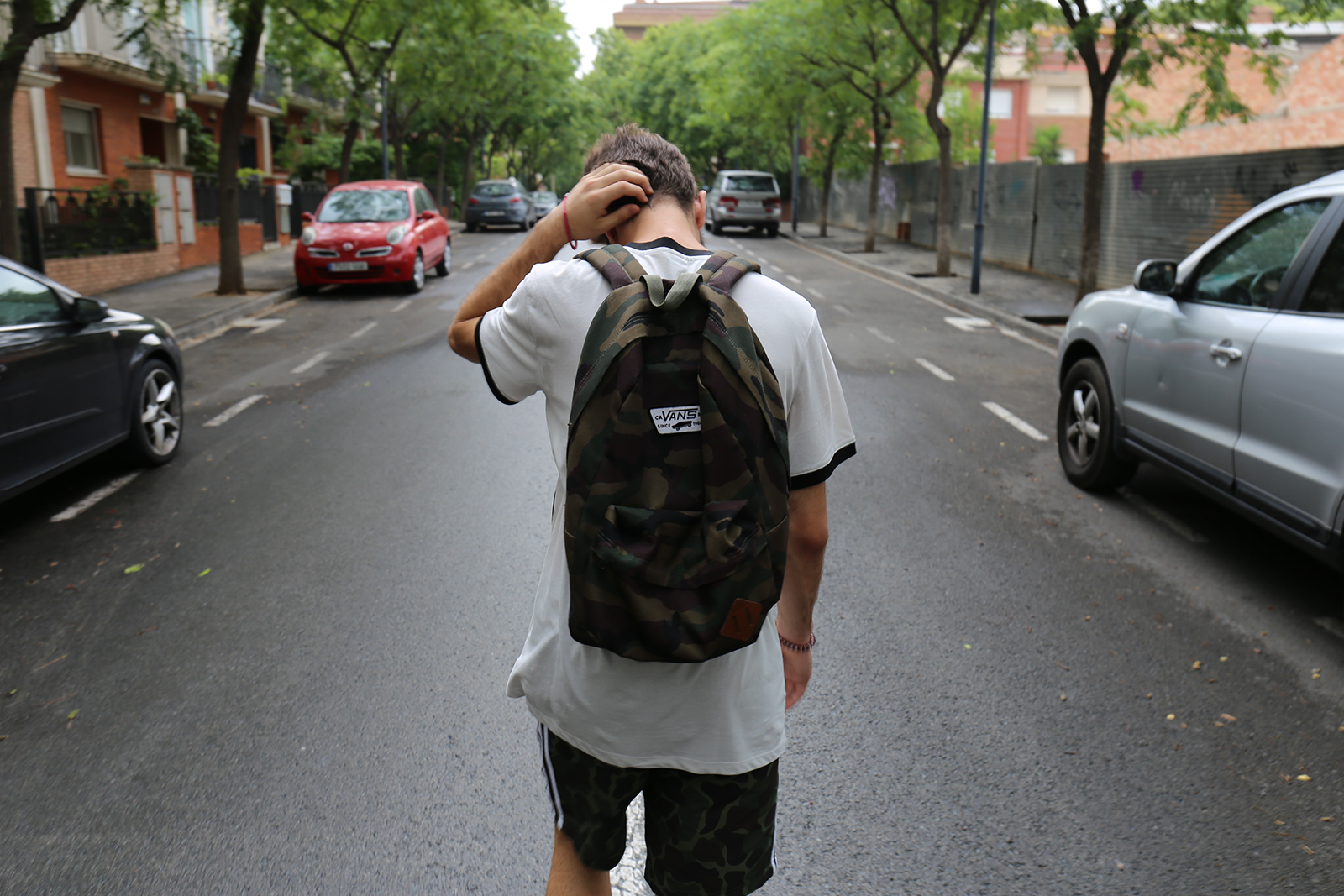
SENSORY DEFENSIVENESS: WHAT IS THIS OVERSENSITIVE AND OVERWHELMING FEELING?
Spring is upon us, but that also means we are now heading full steam ahead into some of the busiest months of the year. Term 3 is almost over; Term 4 is just around the corner, which means so is Christmas! Just the thought of that alone is overwhelming to me.
The feeling of overwhelm is sometimes linked to being a negative feeling – of being stressed or frustrated that we can not do all that we want to do. But really, we should reframe that feeling of overwhelm into a positive: What can we do to lessen our load? How can we slow down or ask for help? Maybe take a moment of mindfulness.
In our day-to-day lives, we encounter multiple sensory experiences each and every second of every minute. Sit for one minute and notice the world around you:
- What can you hear?
- What can you feel?
- What can you smell?
- What can you taste?
- What can you see?
Our brain’s job is to take in all of this information and automatically sort, filter and organise that information to produce a meaningful and purposeful response in the way we move, feel or react. This is Sensory Integration. When we see difficulty in the processing of sensory information, we start to look at why this may be happening – is it difficulty with modulation or discrimination of the senses?
When we have difficulty with modulating sensory information, we may only need a small amount of information before our system becomes overwhelmed. Or we may need a large amount of information before our system even notices what is going on. Our own tolerance levels at that point in time will also impact upon our responses. We have expectations of what our response to certain sensory experiences will be – like a hug from a loved one; we expect it to feel good, not painful, or the smell of a BBQ cooking makes us hungry and excited to eat, not fearful.
But sometimes, our body links different sensations to negative experiences. And when these experiences occur, our brain goes into survival mode – fight, fright, flee or freeze. When we react to sensory input in such a way, it is called Sensory Defensiveness.
What is Sensory Defensiveness?
Sensory Defensiveness is an extreme response to sensory input from the world around you when the sensory stimuli are generally considered not threatening or harmful. This could be an aversion to touch, dislike of certain textures or foods, or poor tolerance of bright lights, loud noises or certain smells. Such defensiveness creates a roadblock to being able to do the things that you or your child want to do. It can lead to big emotions, stress and anxiety, as well as behaviour patterns such as avoiding situations or an increased need for control.
So how can OT help with Sensory Defensiveness?
OT can help by creating an individualised sensory diet to work on providing the right sensory information, in the right amount, at the right time, to allow your child to do the things they want and need to do.
Activities may include things such as:
- DPPT – brushing protocol
- Auditory interventions
- Heavy work ideas
- Roughhousing
- Oral motor strategies
Please get in touch with us if you want to know more or have any questions. We highly recommend talking with an OT about this, as everyone experiences their sensory world differently. We are here to help and work with you in supporting your child and family.
Looking forward to hearing from you soon. Contact us on 0477 708 217 or admin@exploreandsoar.com.au
Until next time,
Lori
Related Blog Posts –
Discover a treasure trove of valuable information in our diverse collection of blogs on our website. Take action now and explore the insights you’ve been seeking. Dive in!
- Mindfulness for Parents and Carers – Discover practical tips and insights to enhance your well-being. Take a mindful journey with us – read the full article now!
- Unpacking Sensory Processing Disorder – Unlock a deeper understanding of Sensory Processing Disorder (SPD). Explore valuable insights and strategies to support individuals with SPD – start reading now for knowledge and empowerment!
- Auditory intervention – Delve into the world of Auditory Intervention. Explore the significance of sound in sensory development and discover innovative strategies for positive outcomes. Start your auditory exploration today.
- Roughhousing – Explore how playful physical interaction can nurture growth and connections. Join the fun and learn more here.
References
Ayres, A. J., Robbins, J. (2005). Sensory Integration and the Child: Understanding Hidden Sensory Challenges. United States: Western Psychological Services.
Bhopti, Anoo & Brown, Ted. (2013). Examining the Wilbargers’ Deep Pressure and Proprioceptive Technique for Treating Children with Sensory Defensiveness Using a Multiple-Single- Case Study Approach. Journal of Occupational Therapy Schools & Early Intervention. 6. pg 108-130.
Kinnealey, M., Oliver, B. & Wilbarger, P. (1995). A Phenomenological study of Sensory Defensiveness in adults. American Journal of Occupational Therapy. 49(5). pg 444-451
Stagnitti, K., Raison, P. & Ryan, P. (1999). Sensory defensiveness syndrome: A paediatric perspective and case study. Australian Occupational Therapy Journal. 46. pg 175-187.
ORIGINALLY PUBLISHED SEPTEMBER 8, 2023

